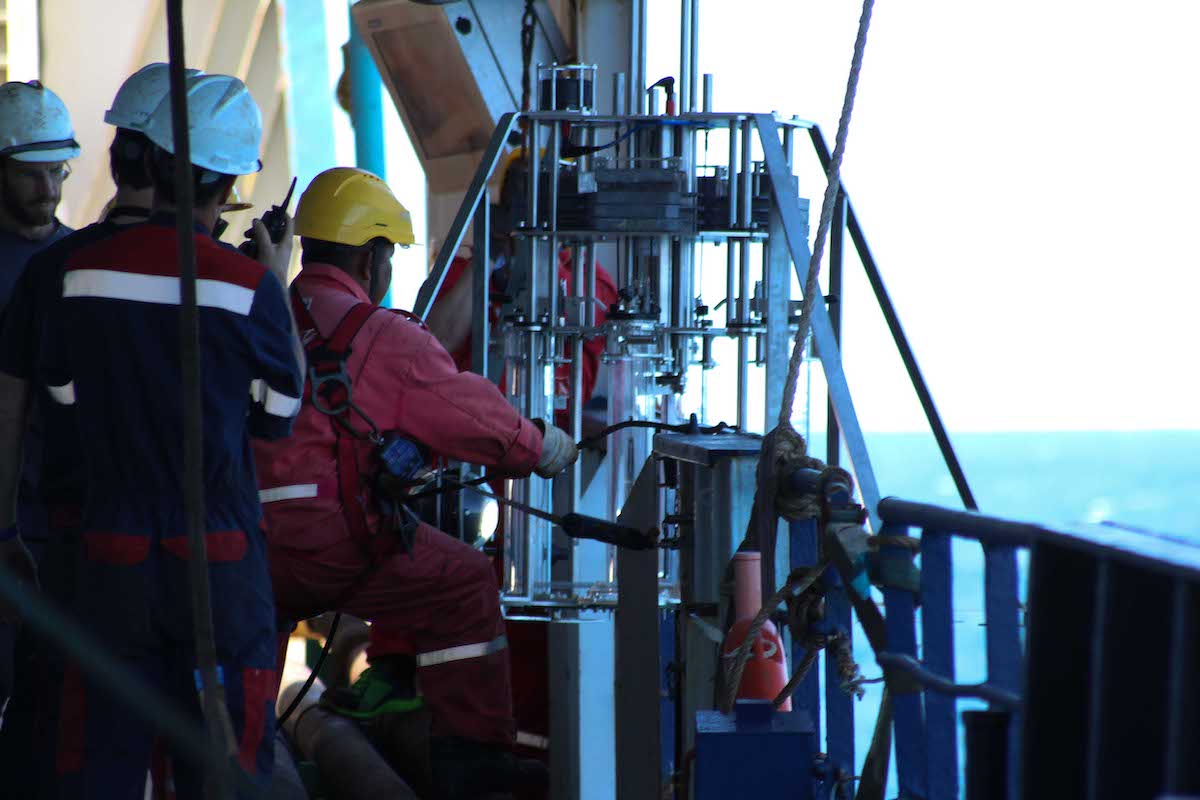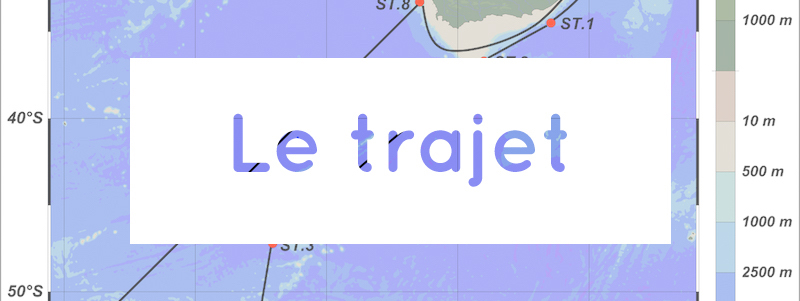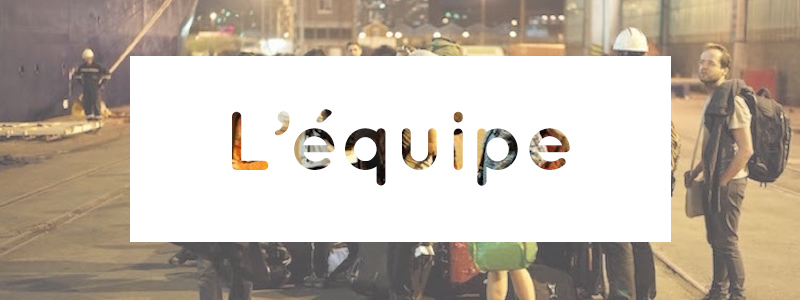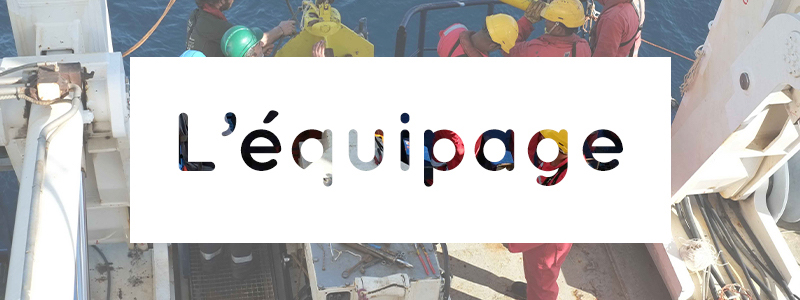12th February 2020: Multicoring
By Kelly-Anne Lawler
One of the tasks we have during this voyage on the Marion Dufresne is to collect water and sediment samples using a multicore device. After surveying the ocean floor and selecting a suitable site we can deploy our multicore device.
A multicore device is a metal frame, shaped like a pyramid, with four small (around 1 metre long and 10 cm diameter) coring tubes attached. The multicore device is attached to a wire several kilometres long and is lowered from the side of the ship and into the water like a giant teabag into an ocean sized cup of tea. Once the multicore device reaches the sea floor it is pressed into the sediment so each tube is filled half with sediment, and half with water. Scientists can then have a nice look at the surface sediment as well as the water immediately above - this is known as the surface-sediment interface. Once we even brought back a sea star that had been sitting on the ocean floor right underneath one of our multicore tubes!

Multicore device being launched (photo courtesy of Patricia)
Once the multicore is back onboard with tubes full of sediment and water, we take samples of the water by filtering it into small bottles for analysing oxygen, carbon and silicon isotopes back in the lab onshore. The sediment is then sliced into 1cm intervals and placed into small plastic bags. This will also be analysed onshore by looking at tiny microfossils in the sediment (e.g. radiolarians, foraminifera or diatoms), or at the size of the sediment grains. Surface sediment collected from sites around the world provides a modern analogue used to reconstruct past ocean properties, such as temperature or ocean chemistry, from sediments deposited in the past and located further down the core.

Another view, a few second to touchdown, this really is a good looking device! (photo courtesy of Patricia)





